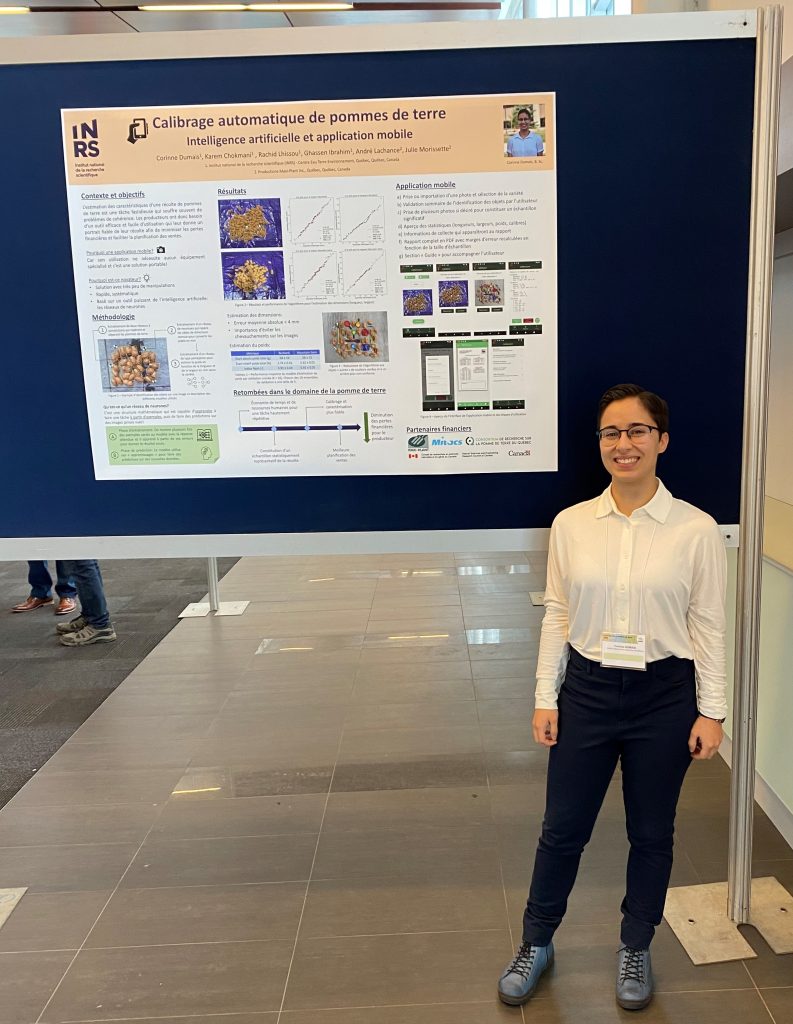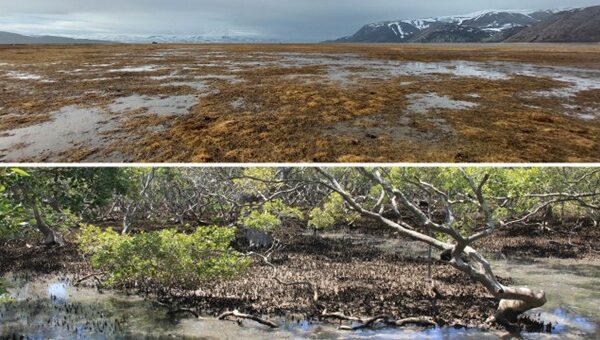- Research
-
YOU ARE
- Community member
- Future Student
- Student
- Professor
- Alumni
- Media
- Guidance counsellors
- INRS retiree
- Contact Us
- Newsroom
- Careers
- FR
-
Studies
We teach the next generation of researchers to develop scientific, social, and technological innovations.
-
Research
We find solutions through interdisciplinary research and industry or public and community partnerships.
-
INRS
We play an active role in Québec's economic, social, and cultural development.
An INRS team is developing a mobile application to better grade the most consumed tuber in Quebec.

Credit: Hai Nguyen, Unsplash
In potato production, there is a key step between planting and selling the crop: grading. This tedious process consists in measuring the weight and size of the tuber—characteristics which are essential for determining the selling price. Still done manually, grading poses consistency and uniformity problems. This results in the selling price often being underestimated, which can cause significant losses for farmers.
A member of Professor Karem Chokmani’s team, INRS master student Corinne Dumais, hopes to remedy the situation. Dumais is currently developing a tool based on artificial intelligence that could automatically grade the most consumed vegetable in Canada. The young research scientist was able to present her project’s results at the Colloque sur la pomme de terre (potato symposium) which took place in Lévis this month. Her work focuses on a tool that allows for a much faster and more representative grading of crops.
“The application can process a photo with 50 potatoes, within 30 seconds to a minute. It’s automatic and based on statistics. You can repeat the process with several photos until you get a sample that you consider representative of the crop.”
Corinne Dumais
Artificial intelligence in agriculture
The step following the harvest is long and not necessarily representative. Generally, not all potatoes are graded. When the truck arrives, a single sample is taken manually by the operator, who weighs and measures the potatoes by hand.

Based on computer vision and artificial intelligence, the research project aims to develop an algorithm which would automatically grade a sample photographed with a cell phone. The objective is to produce a report on the statistics of the photographed sample.
“The end goal would be to develop a functional mobile application that could be used by the agricultural community,” adds Dumais, who is a master student at the Eau Terre Environnement Research Centre in Quebec City.
The research team used deep learning. The artificial intelligence software can recognize each potato, then estimate its weight according to its width and length. Dumais worked on two common varieties in Quebec: the Burbank and the Mountain Gem.
The application collects the results of the photos taken and processes the information to generate a global report which is sent to the farmer.

“This is the first time a technology of this kind is being developed for the potato industry. It’s the most cultivated vegetable in Quebec, and there’s a real need arising from the agricultural community, which invests heavily in this crop.”
— Karem Chokmani
The next step will be to define the differences between the reports obtained by buying groups and those produced by the application. Farmers will then be able to establish whether there is a significant gain. The application will help farmers monitor the quality of their product.
This project is financed by Maxi-Plant Productions Inc. which is a partner in the development of the application and where it will be tested in operational mode. It also received financial support from the Canadian Potato Council (CPC) and Mitacs Canada.
You may also like

December 1, 2022
International internship in forest or coastal science
December 1, 2022
Biodegradation of short-chain PFASShare

